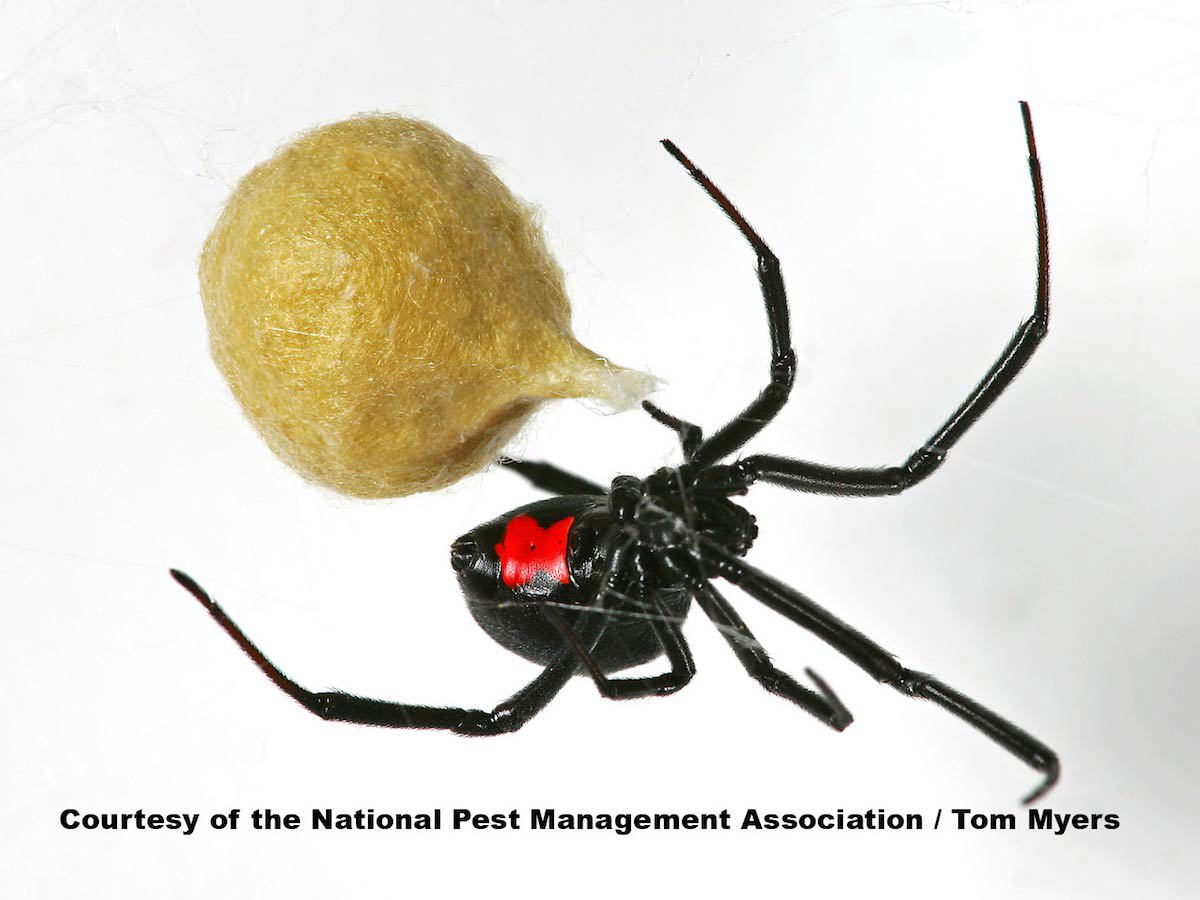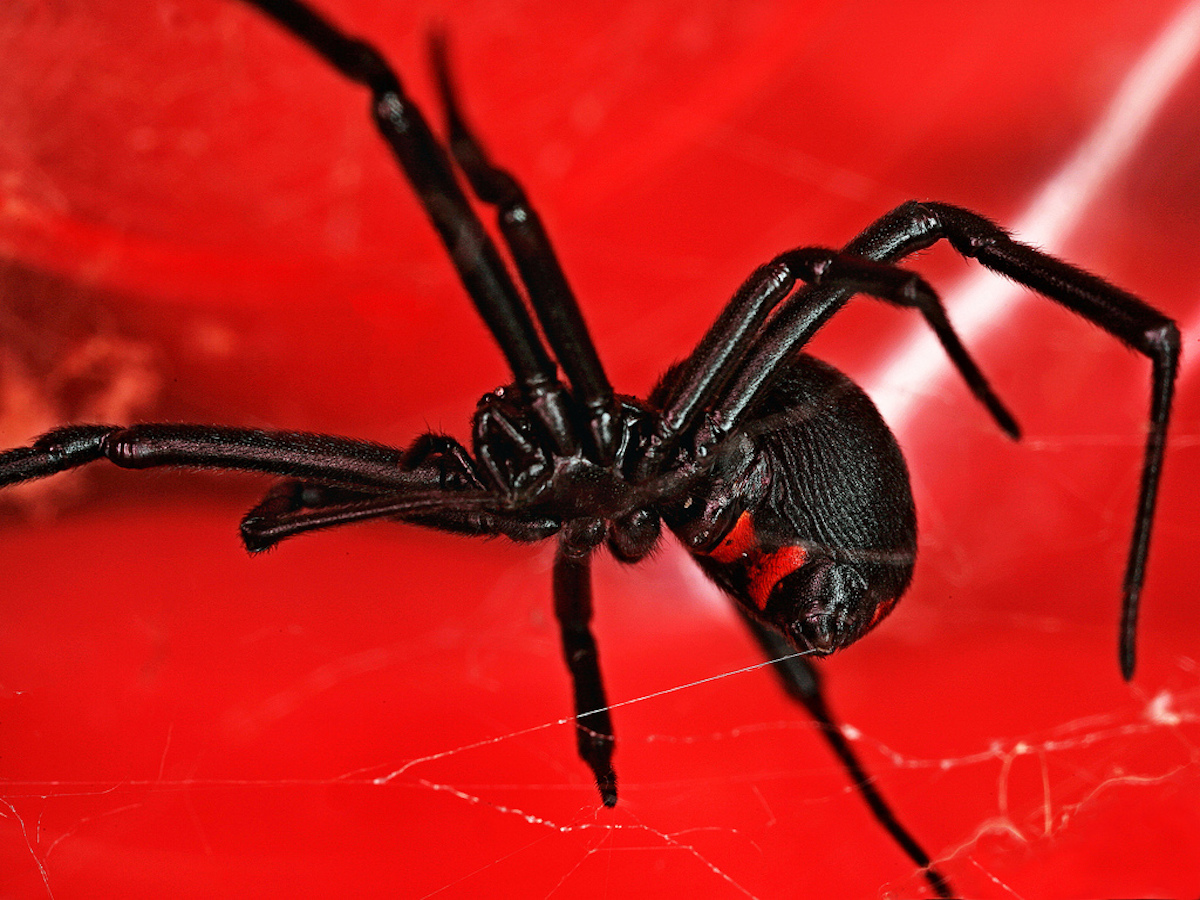Hobo Spiders Tegenaria agrestis (Walckenaer)

Color: Light to medium brown with dark stripe down center to either side of lighter midline stripes; legs solid light brown with no bands
Size: 1 – 1 and 3/4” (40-50 mm) in diameter, including legs. Body sizes range from 5/16” to 9/16” with females slightly larger than males
Legs: 8
Antennae: No
Shape: Oblong abdomen with longer posterior spinnerets visible from above
Region: Common in the northwestern U.S.; appears to be expanding its range
What are hobo spiders?
The common name for the hobo spider comes from its presumed method of expanding its distribution by hitching rides with humans along major highways in the Pacific Northwest. In fact, the hobo spider was introduced from Europe in the 1930s and has become established in at least 6 states since, displacing many native spider species as it spreads.
Hobo spiders build funnel webs that open at both ends with one end expanding outward into a broad, slightly curved sheet. An escape tunnel is commonly built in the back of the web which leads to a deep crack or other protected area. From late June to October, males extensively wander about seeking a mate. Several roving males may in fact enter the ground level of a structure each day during the peak activity period in August and September. Male hobo spiders are responsible for more bites than female hobo spiders because this wandering habit brings them into contact with humans.
Hobo spiders may be found in almost any habitat containing holes, cracks or crevices which can support tunnel formation. Since they are poor climbers, they are rarely found above ground level. They frequent dark, moist areas and are most often found in basements, window wells and crawl spaces.
The hobo spider will bite in defense; however there is debate around the effects of hobo spider bites as these spiders are frequently confused with other species. In fact, misinformation on hobo spiders is so prevalent that it was previously thought that they are capable of producing a necrotic lesion similar to that caused by brown recluse spiders. However, much of the evidence in such cases has been circumstantial. The prevailing thought is that hobo spider bites causes only mild pain and redness.
If you notice hobo spiders, contact a professional immediately to discuss how to get rid of the infestation through a proper course of pest control.
To avoid hobo spiders, seal cracks on the outside of the home, and screen all doors and windows. Reduce clutter in basements and garages to eliminate hiding spots and keep these areas dry. Avoid storing clothing or shoes on the floor and use caution when moving items that have been stored for a long period of time. To get rid of hobo spiders, contact a pest professional.
If you suspect a hobo spider infestation in your home, the best course of action is to contact a licensed pest control professional. They will conduct a thorough inspection to identify the full extent of the problem. Once the situation is properly identified, the appropriate control measures can be taken.
You can find a certified pest professional near you with the helpful zip code search below.




